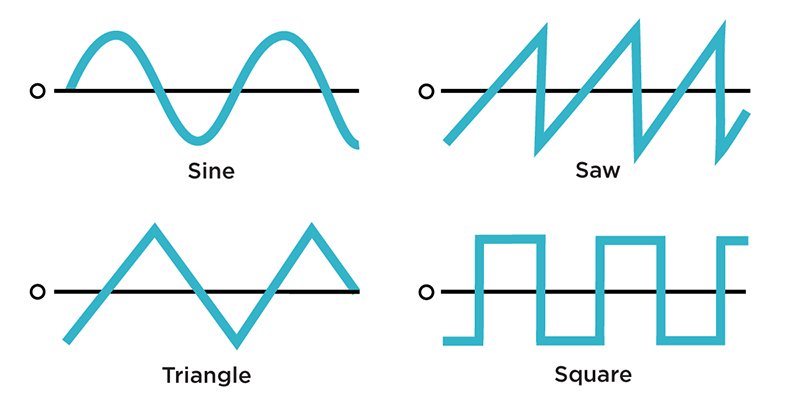Unveiling the Magic of LFO: Understanding Low-Frequency Oscillators
Introduction
In the world of music production and synthesis, there are numerous technical terms and acronyms to grapple with. One of these terms, LFO, stands as a fundamental concept in shaping electronic sounds. In this blog post, we will demystify LFOs, explaining what they are, how they work, and their essential role in the world of music synthesis.
What is an LFO?
LFO stands for "Low-Frequency Oscillator." An oscillator is a device that generates a repeating waveform, typically at an audible frequency, to produce sound. However, an LFO is a unique kind of oscillator because it operates at a much lower frequency than what we typically associate with musical notes. Instead of producing sound, an LFO generates control signals used to modulate other parameters within a synthesizer or audio effects unit.
Key Characteristics of LFOs
Low Frequency: As the name suggests, LFOs operate at low frequencies, typically below the audible range of human hearing. They produce waveforms that range from a fraction of a Hertz (cycles per second) to a few Hertz.
Waveform Variety: LFOs can generate various waveforms, including sine, triangle, sawtooth, square, and random waveforms. These waveforms determine the shape and character of the modulation.
Modulation Source: LFOs serve as modulation sources in synthesizers and effects processors. They control parameters like pitch, filter cutoff, amplitude, or any parameter that can be modulated.
Slow, Rhythmic Motion: LFOs create rhythmic, cyclic movements in sound or effects, such as pulsating tremolo, swelling volume, or evolving filter sweeps.
How LFOs are Used
LFOs find extensive use in music production and sound design:
Vibrato and Tremolo: LFOs modulate the pitch (vibrato) or amplitude (tremolo) of musical notes, adding expressive nuances to instrument sounds.
Filter Sweeps: LFOs control the cutoff frequency of a low-pass or high-pass filter, creating evolving timbral changes in a sound.
Panning: LFOs can automate the panning of an audio signal, moving it between the left and right channels for spatial effects.
Waveshaping and Distortion: LFOs modulate the shape of a waveform or the gain of an amplifier, resulting in dynamic distortion and harmonic shaping.
Auto-Panning: LFOs can automate the panning of a sound source between speakers, creating a sense of motion in the stereo field.
Creating Rhythmic Patterns: LFOs generate rhythmic patterns for sequencers and arpeggiators, influencing the timing and intensity of musical phrases.
Types of LFO Waveforms
LFOs can produce various waveform shapes, each with its unique impact on modulation:
Sine Wave: A smooth, rounded waveform ideal for subtle and natural-sounding modulations like vibrato.
Triangle Wave: A triangular waveform with linear rises and falls, suitable for a range of modulation effects.
Sawtooth Wave: A sawtooth waveform with a sharp rise and a slower fall, commonly used for filter sweeps and aggressive modulations.
Square Wave: A square waveform that alternates between two levels, creating abrupt on/off modulations.
Random/Noise: Random waveforms create unpredictable, chaotic modulations, leading to unique and evolving soundscapes.
Conclusion
Low-Frequency Oscillators (LFOs) are indispensable tools in music synthesis and sound design. They provide the rhythmic motion and dynamic changes that breathe life into electronic music and effects. By understanding the characteristics and applications of LFOs, you can unlock a world of creativity and expression in your music production, shaping sounds in ways that captivate and engage listeners. So, don't hesitate to experiment and embrace the magic of LFOs in your musical journey.



